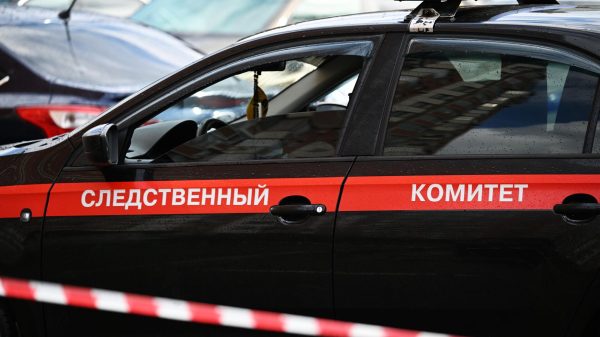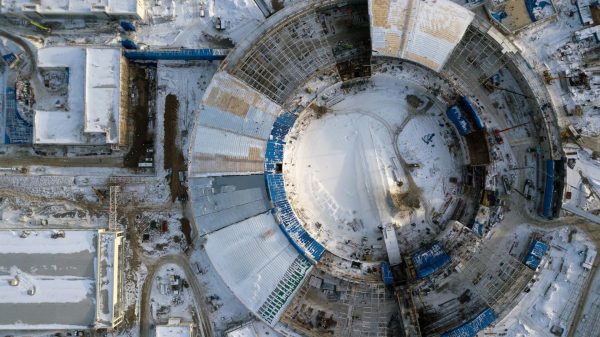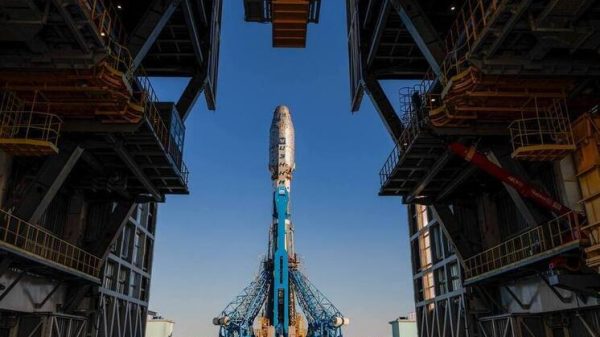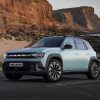
The year 2020 has not lived up to our expectations for many reasons, but one of its disappointments has been the noticeable absence of robot cars.
Several years ago, the start of the next decade seemed like an ambitious, but not unrealistic deadline for vehicles that would be able to guide themselves around cities and along motorways while their passengers watched Netflix or dozed off.
Machine learning technology was proceeding at pace, and the demand was there: Uber had trained consumers to expect a ride at the press of a button. We were seemingly hurtling towards a world where no Uber driver would be needed at all.
Today, it is possible to summon a robot taxi through your smartphone, but only in a small pocket of Arizona. Residents of the Phoenix suburb of Chandler have been able to order entirely autonomous rides from Waymo, the driverless car company spun out of Google, since October.
It has required years of testing in Phoenix — where roads are flat, wide and well-marked, and it rarely rains or snows — to get this far, and Waymo is regarded as the world leader in autonomous technology (see video below).
Its rivals have not got close. On Monday, Uber announced that it had given up on developing its own driverless car, saying it would sell the division responsible for the technology to US start-up Aurora in exchange for a minority stake.
While the two companies will work together on a “strategic partnership” to bring driverless taxis to the road, it is clearly not the outcome Uber expected from the billions it has spent acquiring self-driving technology and hiring robotics experts.
Uber’s autonomous travails have been numerous and damaging. In 2016 it paid $680m (£510m) for Otto, a driverless trucking company founded by Anthony Levandowski, a former Google driverless car whiz. Levandowski was subsequently accused of stealing trade secrets when he left Google, and Uber was sucked into a bitter lawsuit from Waymo. The two sides settled, but Uber fired Levandowski, who was this year handed a prison sentence after related criminal charges.
In March 2018, the company suspended all tests of the technology after one of its vehicles hit and killed a woman in Tempe, Arizona, the first pedestrian killed by a driverless car. An “ineffective safety culture” at the company was later blamed by a US regulator, while the safety driver has been charged with negligent homicide.
Read more: Driverless cars will bring a host of ethical dilemmas
The prospect of huge profits as autonomous cars replaced the humans driving them had made Uber one of the world’s most valuable technology start-ups before its $80bn IPO last year, but its exit from self-driving cars had been rumoured for some time.
“They shouldn’t really ever have been doing it at all. But they needed to tell that story in order to go public, to say, ‘Hey, eventually our economics will be great because we’ll have self-driving cars’,” says one industry investor
But Uber is not alone. 2020 has seen a major shakeup of the driverless car industry, much of it indicating that the hype that once greeted the technology is fading. In June, Amazon bought Zoox, a start-up developing self-driving technology for $1.2bn.
A major investment, except for the fact that Zoox had been valued at more than $3bn two years earlier. A few months earlier, Starsky Robotics, which had been developing driverless trucks for long-haul journeys, shut down. Ford has delayed plans for an autonomous taxi service, due to launch next year, until 2022.
Ford blamed the pandemic, saying it was unsure what sort of consumer habits would emerge after it. Industry observers say the reality is that the technical challenges of driverless cars are substantially higher than were expected a few years ago. Although progress is still being made, it is gradual.
One way to measure progress of driverless technology is how often a human safety driver must intervene. For Waymo, this improved rapidly between 2015 and 2018, falling from 0.64 disengagements per 1,000 miles — roughly once every 1,550 — to .09 — meaning a car could drive 11,000 miles on its own. But from 2018 to 2019, the rate moved only slightly, from 0.09 disengagements every 1,000 miles to 0.076.
But if driverless technology is not yet ready for the road, nobody told Elon Musk. In October, years behind schedule, Tesla started to make its “full-self driving” technology available to a small number of car owners. Even supportive testers say the technology still has plenty of kinks to iron out.
Musk, however, appears undeterred. He has said the technology will become more widely available to Tesla owners as soon as this month, although regulatory issues mean this is likely to be limited to the US for now.
Read more: The Future of Transport: The death of the car?






















































Свежие комментарии